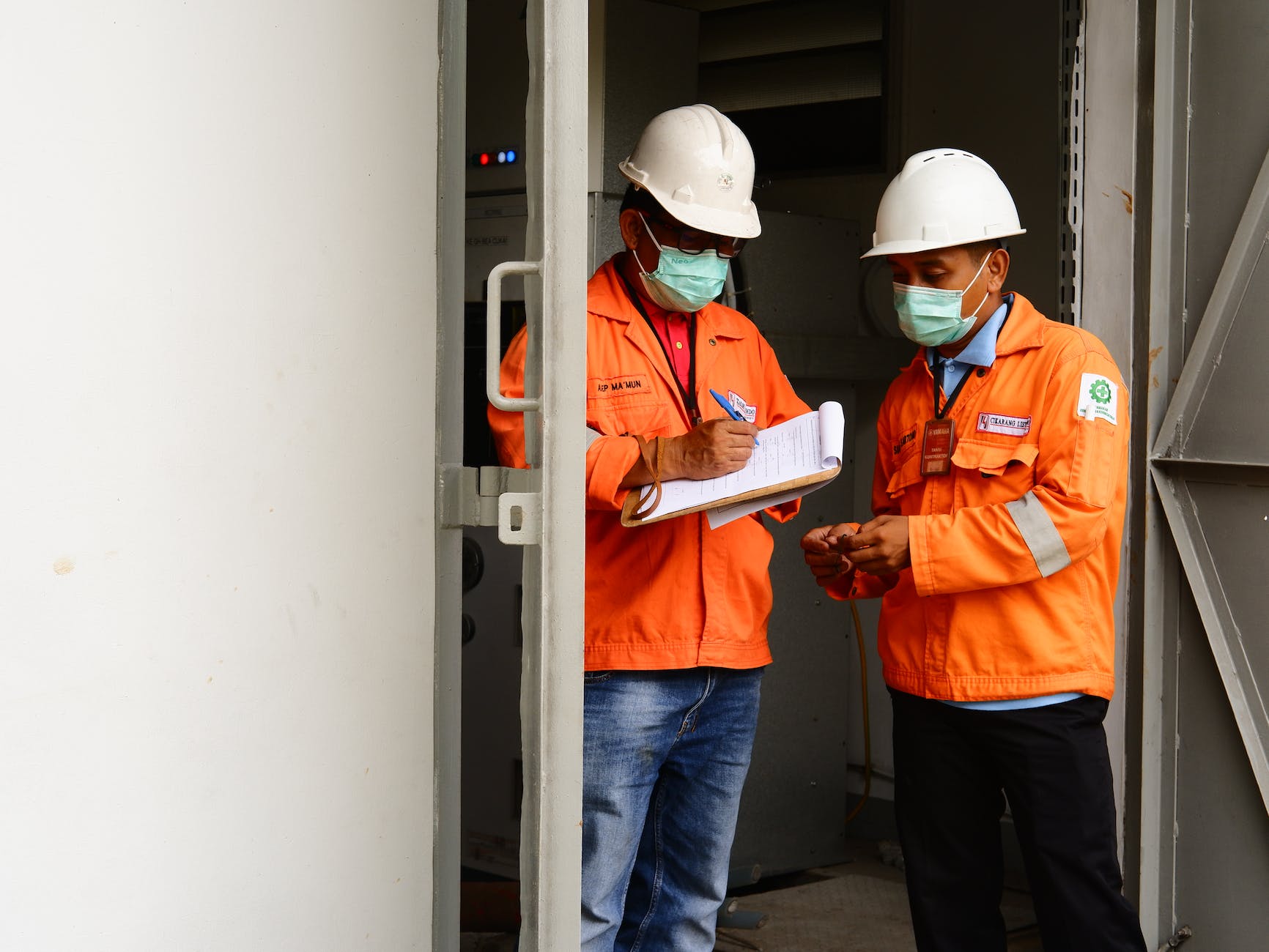
Safety Audit Report: Ensuring Workplace Security and Compliance
In the ever-evolving landscape of workplace safety, safety audit reports play a pivotal role in maintaining security and ensuring regulatory compliance. These reports offer an in-depth analysis of a company’s safety protocols, highlighting areas of improvement and potential hazards. In this article, we’ll delve into the significance of safety audit reports and how they contribute to creating a secure and compliant work environment.
1. Introduction
In a world where workplace safety is of paramount importance, safety audit reports provide organizations with a comprehensive overview of their safety measures and any potential vulnerabilities. These reports not only identify risks but also aid in enhancing safety protocols.
2. Understanding Safety Audit Reports
Safety audit reports are systematic evaluations of an organization’s safety policies, procedures, and practices. They involve a thorough examination of the workplace to ensure it adheres to both internal safety standards and external regulatory requirements.
3. Importance of Regular Safety Audits
Regular safety audits instill a culture of safety within a company. They help in identifying potential hazards before they escalate, minimizing workplace accidents and injuries. Moreover, they demonstrate a company’s commitment to employee well-being.
4. Components of a Comprehensive Safety Audit Report
4.1 Defining Audit Scope and Objectives
Before conducting an audit, it’s crucial to outline the scope and objectives clearly. This ensures that the audit is focused and comprehensive, covering all relevant areas.
4.2 Inspection of Physical Infrastructure
Inspecting the workplace’s physical infrastructure is vital. This involves assessing equipment, machinery, ventilation systems, and ergonomic conditions.
4.3 Evaluation of Safety Procedures
Auditors evaluate the efficacy of safety procedures in place. This includes protocols for emergencies, safe work practices, and proper handling of hazardous materials.
4.4 Assessment of Emergency Response Plans
A well-defined emergency response plan is essential. Auditors assess the readiness of the plan and whether employees are adequately trained to handle various emergencies.
5. Conducting an Effective Safety Audit
5.1 Assembling the Audit Team
The audit team should comprise individuals with diverse expertise in safety protocols, regulations, and the specific industry.
5.2 Setting Clear Evaluation Criteria
Clear criteria ensure consistency throughout the audit. This prevents biases and ensures that all aspects are evaluated objectively.
5.3 On-Site Data Collection
Gathering data on-site provides auditors with real-time insights into daily operations and potential safety risks.
5.4 Identifying Non-Compliance Issues
Auditors identify instances of non-compliance with safety standards and regulations. These findings form the basis for improvement.
6. Addressing Findings and Implementing Solutions
6.1 Prioritizing Remediation Steps
Not all findings have the same level of severity. It’s crucial to prioritize the most critical issues for immediate resolution.
6.2 Employee Training and Awareness
Educating employees about safety procedures and the importance of compliance enhances overall safety consciousness.
6.3 Reassessing and Monitoring Progress
Regular follow-ups and assessments ensure that implemented solutions are effective and sustained over time.
7. Leveraging Technology for Safety Audits
Modern tools such as digital checklists and data analytics streamline the auditing process, making it more efficient and accurate.
8. Benefits Beyond Compliance
Safety audit reports lead to a safer work environment, but they also enhance operational efficiency, employee morale, and public perception.
9. Challenges in Safety Auditing
Challenges include overcoming resistance to change, managing large amounts of audit data, and ensuring consistent compliance across multiple locations.
10. Future Trends in Safety Audit Reports
The future holds advancements in data automation, AI-driven risk assessments, and predictive analytics for preemptive risk management.
11. Conclusion
Safety audit reports are the cornerstone of workplace security and compliance. By systematically evaluating safety measures and protocols, organizations can mitigate risks and create a safer, more productive work environment.
What is Safety Audit | Safety Audits Purpose | Types of Safety Audit
FAQs
- Why are safety audit reports important? Safety audit reports are essential as they identify potential risks, enhance safety protocols, and demonstrate a company’s commitment to safety.
- Who conducts safety audits? Safety audits are conducted by a team of experts with knowledge in safety regulations and industry-specific practices.
- How often should safety audits be performed? The frequency of safety audits depends on factors such as industry regulations and the organization’s risk profile. However, regular audits are recommended.
- What happens if non-compliance issues are found? Non-compliance issues should be addressed promptly. Organizations should develop action plans to rectify these issues and prevent their recurrence.
- How can technology improve safety audits? Technology can automate data collection, provide real-time insights, and facilitate more accurate analysis of safety audit results.
























